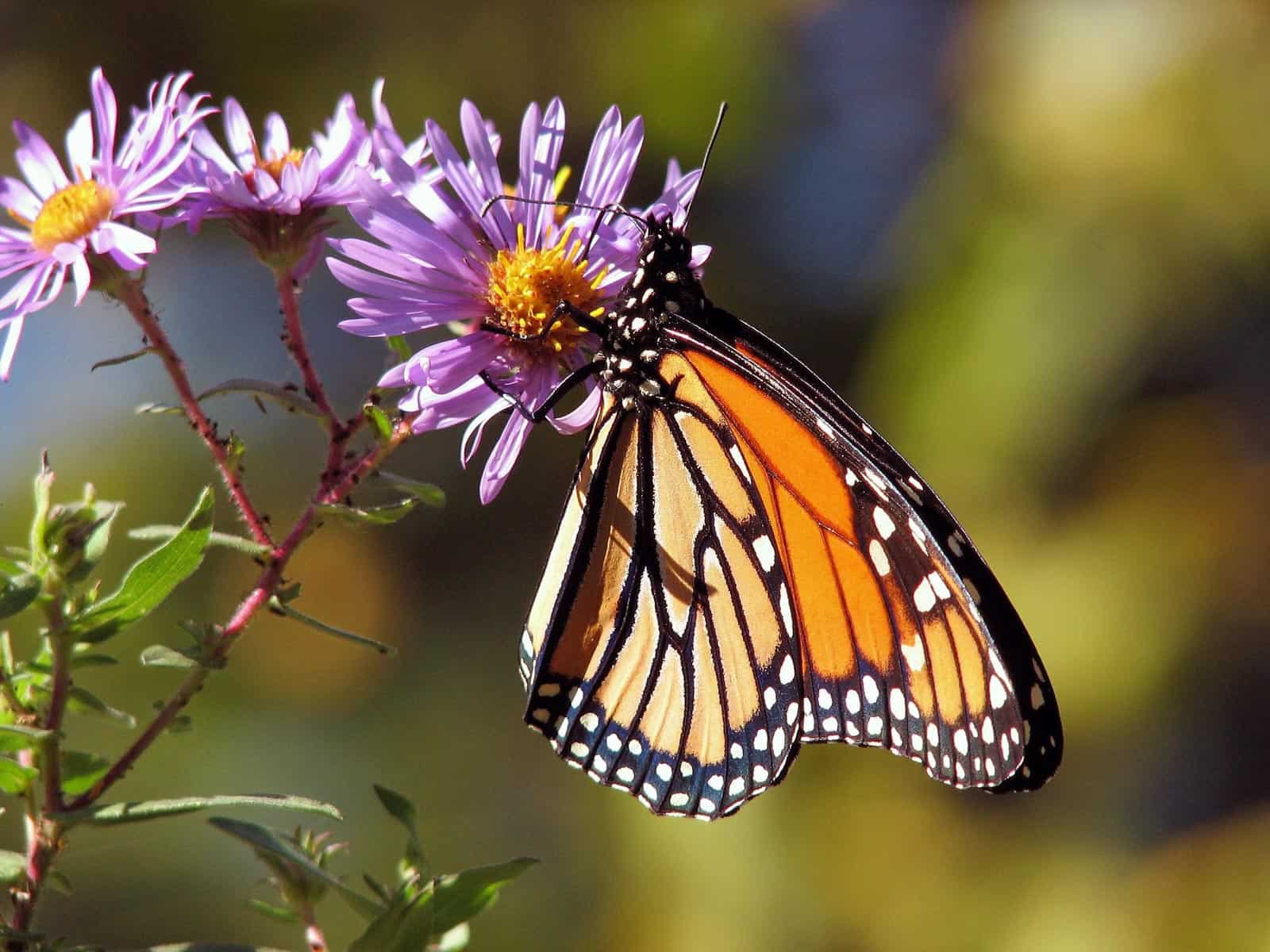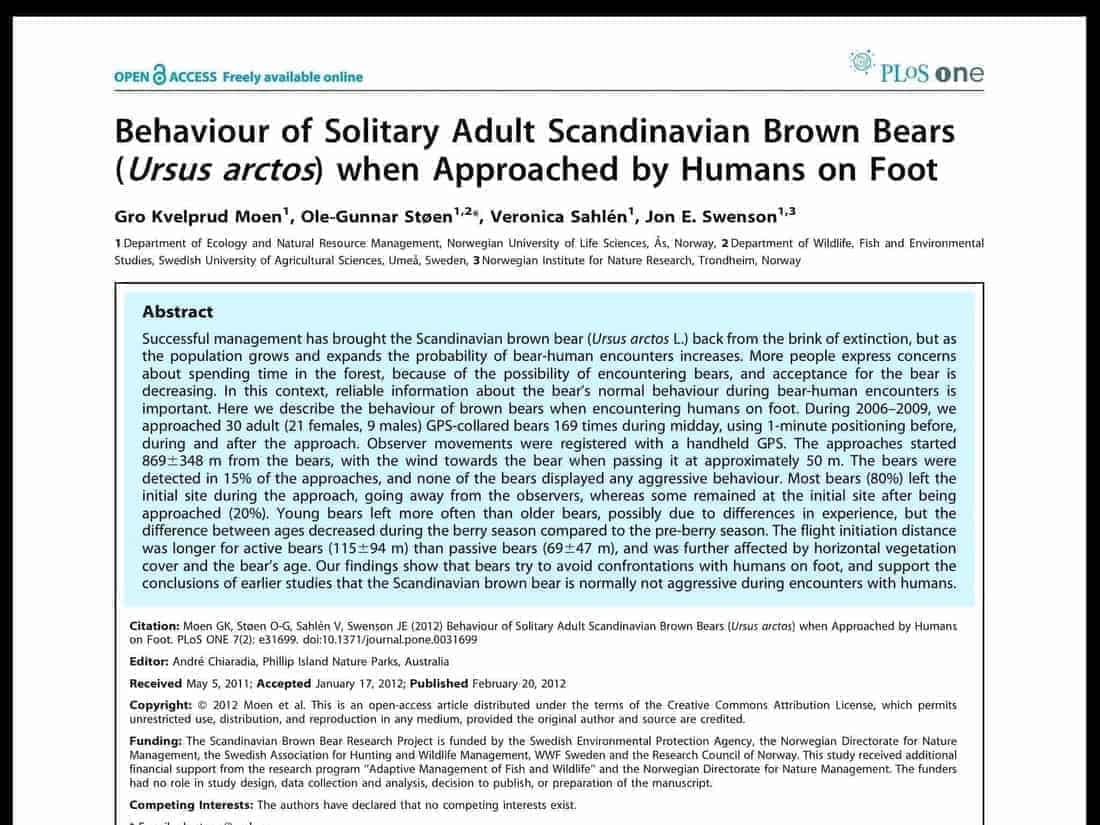What Causes the Orange Colour in Monarch Butterflies?
Almost all of us are familiar with monarch butterflies, which attract attention with their bold orange wings. But why are they actually so orange?
Aposematism
Monarch butterflies are not the only animals so strikingly coloured. The bright colours serve as a warning. Colourful animals warn their enemies by telling them “I’m poisonous, don’t eat me!”. This way, predators fear them and do not eat them.
This warning colouration is also called aposematism in biology. Normally, this only happens with animals that are either poisonous or that have certain defence mechanisms or even taste unappetising.
Monarch butterflies do it too
Surprise! Monarch butterflies do it too!
The bright orange wings of these butterflies protect them. Their toxicity protects the butterflies from predators.
Before the monarch butterflies pupate and then hatch, their caterpillars eat silk plants. These plants, however, contain poisonous substances, cardenolides. The caterpillars store various amounts of these substances and then, as monarch butterflies, acquire two bright orange wings.
Thanks to this colouring, potential predators develop a lifelong aversion to aposematic animals. From time to time, however, some warning-coloured animals still have to be eaten or injured so that they serve as a teaching model for the new generations of predators.
Some intelligent animal species that are edible and non-venomous mimic the various characteristics of aposematic species. In this way, they can scare off potential enemies. This strategy is called mimicry.
How does the poison affect the butterflies?
However, this storage of toxic substances does not come without a negative side: oxidative damage. Scientists have conducted several experiments to determine how these toxic substances affect the resulting wing colouration of monarch butterflies and how oxidative damage is related to it.
The scientists have found that a butterfly that stores a lot of toxins has a stronger wing colouration. However, this is only the case when the oxidative damage is very low. If the damage in the butterfly is predominant, however, the colouration of its wings is less strong. This of course has an effect on whether or not it is considered dangerous by predators.
What does this mean for the butterflies?
Monarch butterflies have to continuously make an important decision. The toxic substances that their food plants contain help them a lot to be safe against enemies, but at the same time they are also harmful to them. Therefore, the butterflies always have to weigh the advantages that these substances give them against the disadvantages.
Monarch butterflies are often seen as a prime example of aposematic animals. However, our experiment shows that the conspicuousness of their warning colouration depends to a certain extent on how much cardenolides they store and how costly this is for them.








